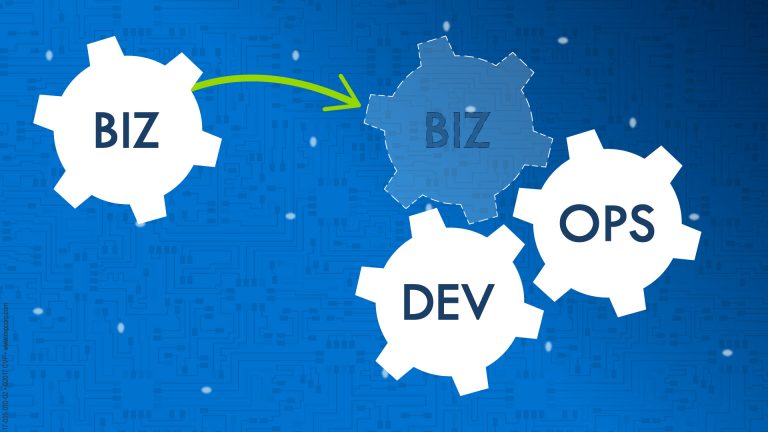Workplaces and industries today are entirely reliant on software to get through most of their daily tasks and meet their quota. The increased demand for high-quality applications is higher than ever, and the software development business is only growing.
Using the software is the easy part; making it is where things get tricky. It is a project that demands knowledge and delicate planning. Suppose you aren’t familiar with the development and coding process. In that case, you can have a quality software product or solution custom-designed to your requirement by a professional team—learn more here.
Besides extensive technical expertise, management, and experience, software development involves following a strict order of steps in order to deliver a high-end product.
Step 1: Plan Your Project and Goal
Before you can get down to all the coding and development, it’s necessary to come up with a clear and defined concept of what your product should be. In this situation, it’s helpful to set up a few critical goals. Focus on:
- Determining your target audience
- Carving out your niche
- Performing competitor analysis on the market
- Sketching out your product
- Defining your key features
- Listening to the customer feedback of similar projects
Step 2: Perform a Feasibility Analysis
After you’ve come up with a creative idea and produced a great plan you’d like to stick to, it’s time to perform a feasibility analysis. If you aren’t exactly sure what this phase entails, it’s essentially whether or not your project will end up being a profitable venture.
Having a clean code and a marvelous design sometimes isn’t enough to get you to the finish line, and a deeper understanding of all the financial and technological intricacies is required. Things like risk management, time, resources, and return on investment are not the terms you like hearing about as a developer but focus on them nevertheless.
Step 3: Perfect your Design
This part of the development can make or break the whole process. One of the most common mistakes developers make here is that they focus too much on the design itself rather than the software. The entire point is for the design to compliment your product, not overshadow it completely.
Striking just the correct balance of your users’ needs and yours should be the focus of your strategy. In this phase, your designer team finalizes and perfects the concept and creates a detailed software architecture. The prototype defines workflows and combines them with the structure of the database and the solution.
Step 4: Flawless Development and Coding
Now the fun part can begin! We mentioned earlier that technical expertise and knowledge would play a massive role in delivering a great product, which still stands. For this to work, both you and your team must be fully invested in the project. Do everything flawlessly and with high accuracy, as this is the step with the most risk involved. Only after the whole interface, database, and architecture building finishes should you consider moving on, but not a moment before.
Step 5: Quality Assurance Test
No matter how careful you were during the coding and development part, QA isn’t a step you just skip. Your QA engineering team needs to run a long series of tests and trials to determine if the solution is doing what it’s intended to do and is actually a solution. Finding critical bugs before your launch is vital to your software’s success, and only after everything is working as intended are you ready for release.
Ready For Deployment
Finally, it’s time to show the world your hard work. All that’s left now is to take care of a few business logistics and make a maintenance schedule to keep it updated. Adhere to the steps and mold your software into the best possible product it can be.


0 Comments